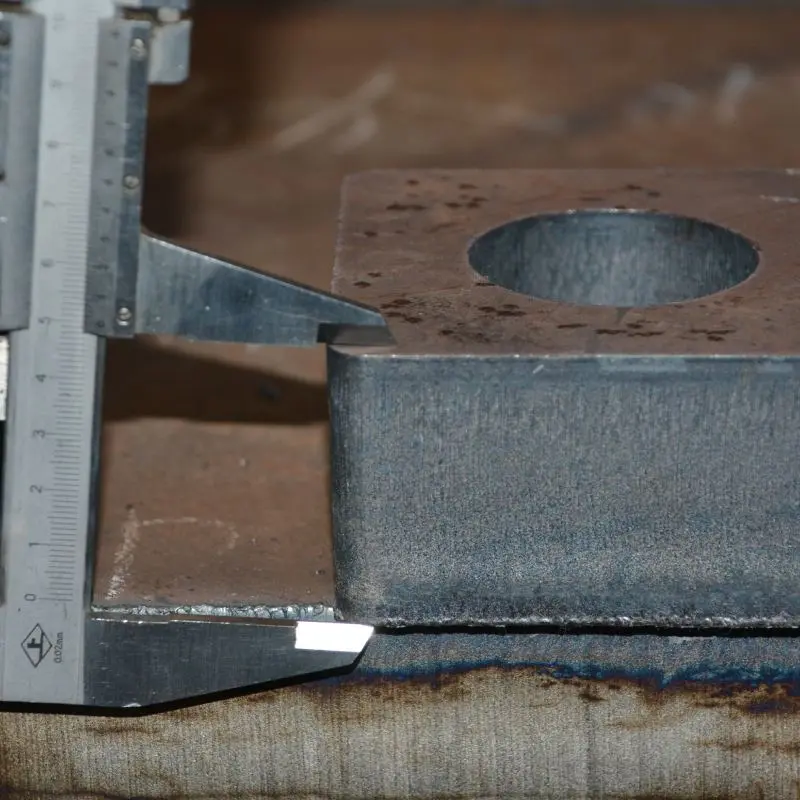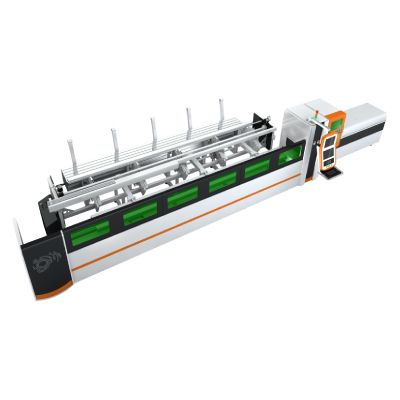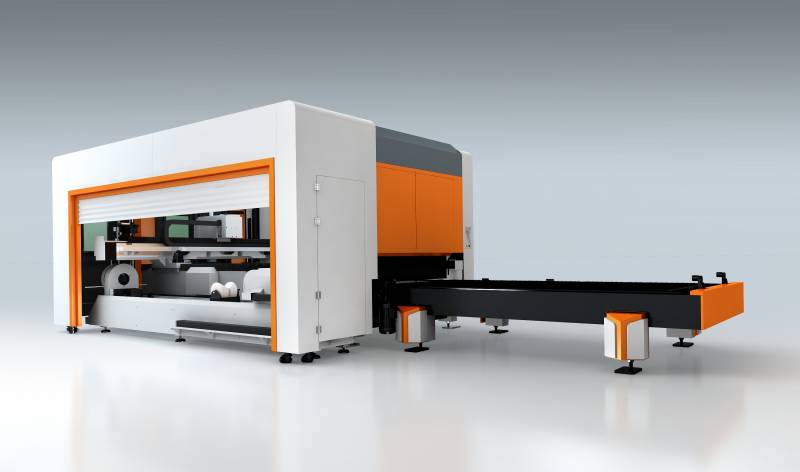****
The evolution of manufacturing technology has led to groundbreaking advancements, particularly when it comes to metal processing. One of the most significant developments in this realm is the implementation of CNC machines for metal. CNC, which stands for Computer Numerical Control, refers to the automation of machine tools using computers. This technology has transformed how metal parts and components are manufactured, offering unmatched precision, efficiency, and versatility. In this article, we will explore the innovations and applications of CNC machines for metal, addressing their benefits, capabilities, and how they’ve redefined the manufacturing landscape.
What is a CNC Machine for Metal?
CNC machines for metal refer to computerized machine tools designed to create intricate metal components. These machines can perform various operations such as milling, turning, drilling, and grinding with high accuracy. The control system, which is powered by a computer, uses a programmed code (often in G-code or M-code format) to dictate how the machine’s tooling should move and function. This level of control allows machinists to produce complex shapes and designs that would be nearly impossible to achieve with manual machining methods.
Advantages of Using CNC Machines for Metal
One primary advantage of CNC machines for metal is their exceptional precision. Unlike manual machines, which rely heavily on the operator’s skill, CNC machines produce consistent results that meet tight tolerances. This accuracy reduces waste and scrap, making CNC machining a cost-effective solution for manufacturing metal parts.

Exploring the Innovations and Applications of CNC Machines for Metal: A Comprehensive Guide to Precision Machining Technology

Exploring the Innovations and Applications of CNC Machines for Metal: A Comprehensive Guide to Precision Machining Technology
Additionally, CNC machines can operate continuously for extended periods, increasing productivity and efficiency in production environments. Once a program is loaded and the machine is set up, it can run autonomously, allowing operators to focus on other tasks rather than monitoring the machining process. This capability makes CNC machines particularly appealing for large-scale production runs.
Moreover, CNC machines for metal can handle a wide variety of materials, including steel, aluminum, brass, and titanium. This versatility makes them suitable for various industries, ranging from aerospace and automotive to medical and electronics.
Innovations in CNC Machines
The field of CNC machining has witnessed numerous technological advancements in recent years. One significant innovation is the integration of advanced software and user interfaces, which simplify the programming process. Many modern CNC machines come with intuitive design software that allows operators to create CAD (Computer-Aided Design) models and generate G-code with minimal effort.

Exploring the Innovations and Applications of CNC Machines for Metal: A Comprehensive Guide to Precision Machining Technology
Another exciting development is the incorporation of multi-axis machining capabilities. Traditional CNC machines typically operate on three axes (X, Y, and Z), but today’s machines can operate on four, five, or even more axes. Multi-axis CNC machines enable the machining of complex geometries and intricate features, further broadening the scope of parts that can be created.
Furthermore, the rise of additive manufacturing has influenced CNC machining. Some CNC machines are now being designed to work in conjunction with 3D printing processes, allowing for hybrid manufacturing techniques that enhance production efficiency and expand design possibilities.
Applications of CNC Machines for Metal
CNC machines are used in various applications across industries. In the automotive sector, for example, they are employed to manufacture engine components, transmission parts, and custom brackets. In aerospace, CNC machining is crucial for producing lightweight yet strong components critical for aircraft performance.
The medical industry also benefits from CNC technology, as machines can create precise surgical instruments, implants, and prosthetics tailored to individual patients’ needs. In the electronics field, CNC machines are integral to fabricating cases, housings, and intricate circuit board components.
Conclusion
CNC machines for metal have become indispensable tools in modern manufacturing, revolutionizing how metal components are designed and produced. With their precision, efficiency, and versatility, these machines have transformed countless industries, enabling manufacturers to meet increasing demands for high-quality, complex parts. As technology continues to advance, it is clear that the role of CNC machines will only grow, paving the way for even more innovations and efficiencies in the metalworking landscape. Whether your needs are for prototyping, custom parts, or large-scale production, embracing CNC technology is vital for staying competitive in today’s fast-paced manufacturing environment. Small Laser Cutting Machine Metal


